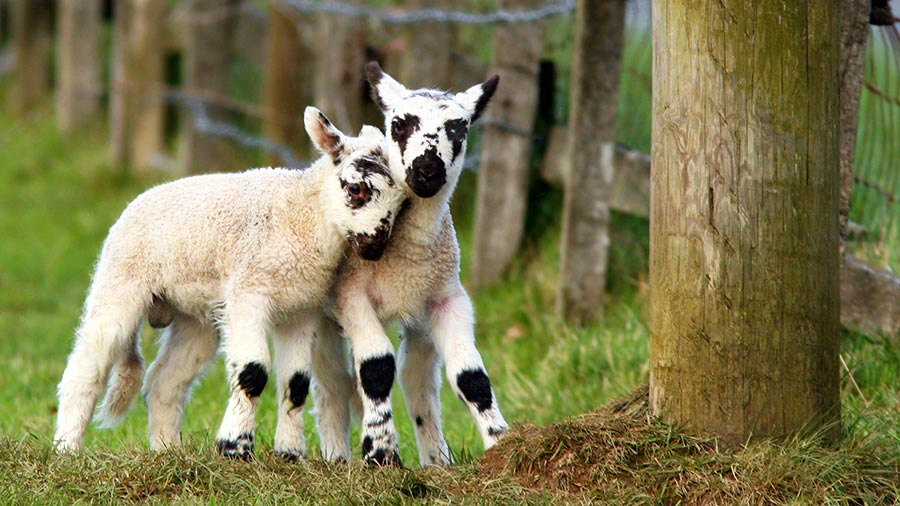Nematodirus risk in early lambs at raised levels for March
 © AdobeStock/Marilyn Barbone
© AdobeStock/Marilyn Barbone Sheep farms should consult parasite forecasting tools to stay a step ahead of an early nematodirus warning centred on southern England, advise animal health experts.
Fluctuating temperatures and cold March weather mean farmers should check the Sustainable Control of Parasites in Sheep (Scops) nematodirus forecast.
This free online service, which farmers and vets use to inform dosing plans around the nematodirus hatch, indicates increasing parasite risk.
See also: How grazing change helped sheep farm cut wormer use
Farmers in southern England and south Wales could be most at risk during colder, clearer weather in March, while sustained periods of sunshine will mean average daily temperatures exceed 10C.
This is according to independent sheep consultant Lesley Stubbings, who said the forecast could be considered alongside local weather variations, field type, aspect, and altitude.
“South-facing fields tend to have an earlier hatch and every 100m increase in altitude between the farm and the weather station on the forecast map will delay hatching by about seven days.
“For example, if the nearest station is at 200m above sea level and the farm is at 100m above sea level, hatching could be around seven days earlier than our forecast.”
Southern risk
Kevin Harrison, a sheep farmer on the Gloucestershire/Somerset border and Scops steering group chairman, said: “The map suggests the current risk is for farmers, like me, in the south of England, possibly up into the Midlands and South Wales.
“But the risk will increase for farmers further north as we progress into spring, which is why Scops endeavours to make the forecast available from mid-February until late-May every year.”
